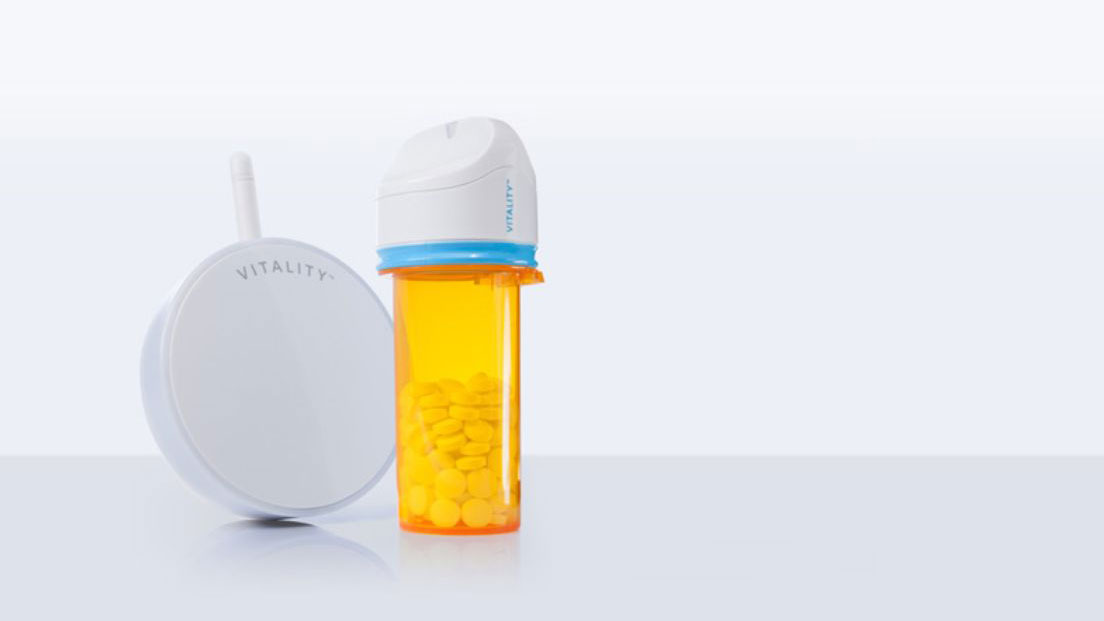The 4 main challenges for the Internet of Things
The Internet of Things may not be here just yet, but it's coming. Stephanie Rieger reveals four things that the IoT needs to address.

Stephanie Rieger will be at Generate San Francisco on 15 July where she'll be reminding everyone that the Internet of Things is for people. Book now, or check out our Generate events in Sydney and London.
The Internet of Things might still be more of a buzzword than an actual thing at the moment, but it's rolling on steadily even if it hasn't exploded in the way that the pundits were predicting it might a few years ago. You can buy plenty of connected devices, of course, but we're still a way from having an actual internet of things; here Stephanie Rieger discusses four IoT issues that still need ironing out.
01. Sharing data

"Connected and sensor-enabled devices that monitor a person's health are growing in popularity. It's likely we will see more of them in the future, as they have the potential to greatly improve health and reduce the cost of delivering care. There are however many unanswered questions, including who can access a person's data, how to ensure device and data interoperability, and how closely national or private care should be directly tied to ownership of such devices."
02. Backend connectivity
"The old expression 'garbage in, garbage out' is all the more relevant with the Internet of Things. It's now easier than ever to gather all manner of personal and environmental data, but people won't engage with that information unless it's both meaningful and useful. Creating thoughtful services that collect and then display the right data, at the right time, and in a way that users can understand and (crucially) act upon, depends a great deal on the design of your API."
03. Interoperability
"Interoperability is a persistent problem. While it may be trivial to connect one 'hero' device to another, it's still hard to make meaningful connections between more random devices. This is solvable if we can agree on standards instead of constantly aiming to disrupt, define or own aspects of this growing ecosystem. The IoT has the potential to redefine our world and could help solve some of its most pressing problems but for that to happen, we'll need to work together."
04. Research techniques
"We find that design research techniques such as roleplay and storytelling are increasingly useful when modelling products that are too early to adequately prototype, but also too different for users to fully envision and understand. These techniques can jump-start mental models and uncover not just how a person may use a product, but how it may make them feel. They can also reveal potential tensions the product will create in social, private or more ambiguous contexts."
Discover the human side of the Internet of Things with Stephanie Rieger at Generate San Francisco on 15 July. Can't make it? There are upcoming Generate events in Sydney and London; don't miss out!
Daily design news, reviews, how-tos and more, as picked by the editors.
This article originally appeared in net magazine issue 277; buy it here!

Jim McCauley is a writer, performer and cat-wrangler who started writing professionally way back in 1995 on PC Format magazine, and has been covering technology-related subjects ever since, whether it's hardware, software or videogames. A chance call in 2005 led to Jim taking charge of Computer Arts' website and developing an interest in the world of graphic design, and eventually led to a move over to the freshly-launched Creative Bloq in 2012. Jim now works as a freelance writer for sites including Creative Bloq, T3 and PetsRadar, specialising in design, technology, wellness and cats, while doing the occasional pantomime and street performance in Bath and designing posters for a local drama group on the side.
